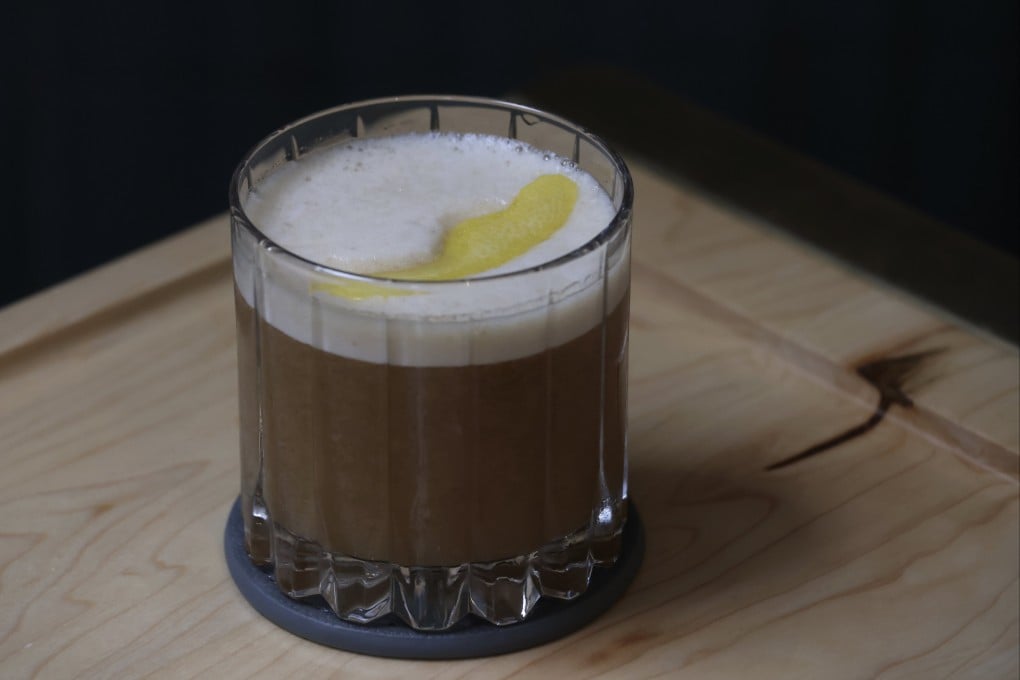What is tamarind used for in Asia? Pastes, sauces, soups and now – cocktails
- A sweet and sour ingredient that is commonly used throughout Asian and Caribbean cooking, tamarind is having its moment, especially in Hong Kong
- Mixologists have begun incorporating the root in cocktails, which adds a distinctive tart note to drinks

What should we make of tamarind?
The knotty fruit comes from the tamarind tree, which is native to Africa but also grows in other tropical regions including India. The tree produces beanlike pods that contain seeds enveloped in a fibrous pulp. As the fruit ripens, the pulp becomes sticky and takes on a sweet-sour taste.
Tamarind is probably best known for its use in Asian and Caribbean cuisines. Usually sold as a paste or a purée, it can also be bought as raw pods, a pressed block or as a concentrate.
The leguminous fruit is high in antioxidants and touted as having many health benefits including anticancer properties. The flavour is acidic and tart and while it can be diluted in a drink, it is most commonly ground into a paste and used as a condiment in Asian cooking, rather than as a main ingredient.

Executive chef Do Thi Thuy Linh, of Le Soleil Vietnamese restaurant in Hong Kong’s Tsim Sha Tsui East area, uses the ingredient in her traditional dish of poached pearl snapper in tomato and tamarind soup with Vietnamese vermicelli.
